“Ask me, and I will make the nations your inheritance, the ends of the earth your possession…”
(Psalm 2:8)
What keeps us happy and healthy as we journey through life?
What, in fact, truly makes a good life?

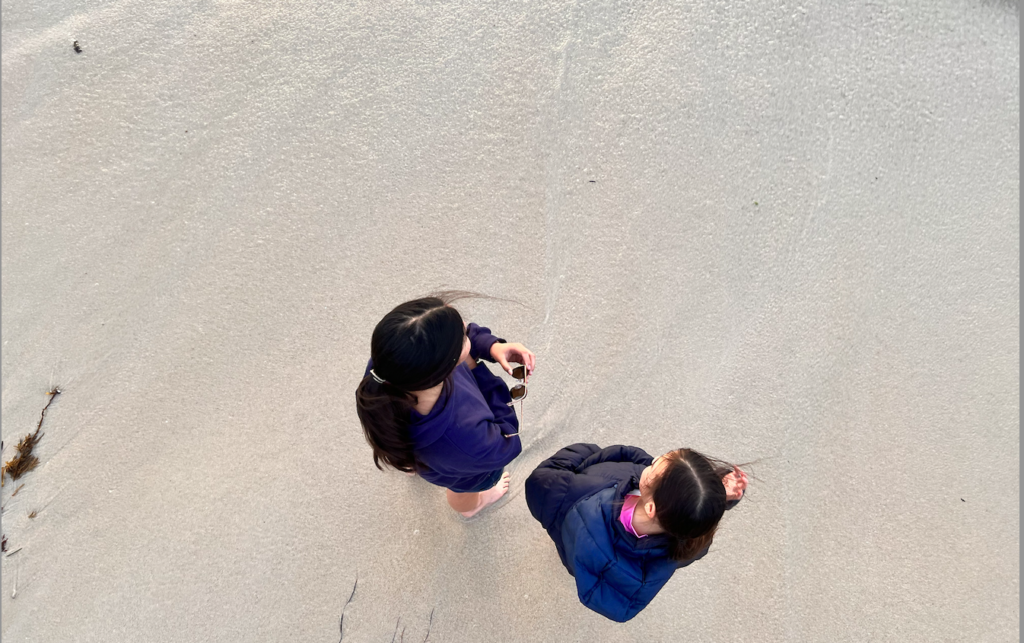
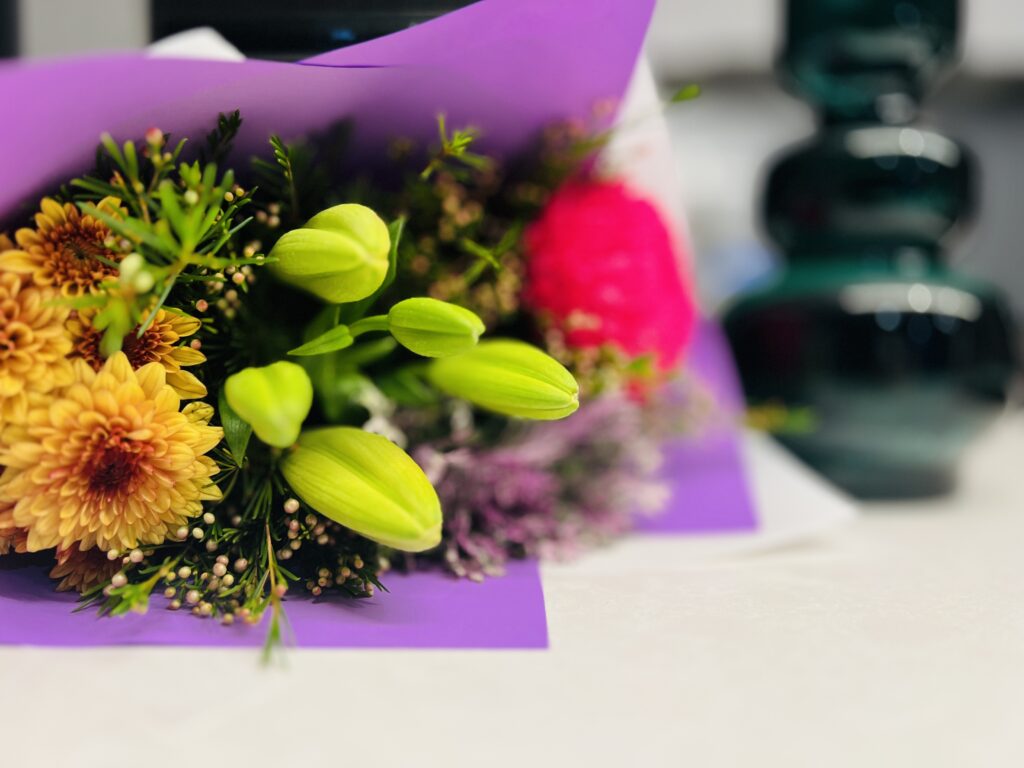
Is it all about youth, fame, and wealth?
Is the path to success solely about leaning into your career and hustling hard there?
It’s easy to scroll through social media and feel that something is missing in your own life — to feel small and unimpressive when you see your friends’ reels compared to your reality.
But according to Professor of Psychiatry Robert Waldinger, who directed Harvard’s Study on Adult Development and presented on the longest study of human happiness — the key to happiness is much simpler and more attainable than we think.
When Harvard University embarked on this almost impossible research in the 1930s, they decided to follow the lives of two groups of men: 19-year-old sophomores from Harvard and Boston teenagers from the poorest, most troubled, and disadvantaged neighbourhoods.
For over 75 years — which truly is an unprecedented period — they tracked the lives of 724 men, interviewing them in their living rooms, with their wives, and with their children, asking about their work, home life, and health.
They conducted medical check-ups, drew blood samples, and meticulously documented their lives without knowing what their stories would one day be.
The men in the study went on to do different things, surviving wars and undertaking different jobs. When the study’s results were shared, 60 of the original participants were still alive, most in their 90s, and 2000 of their children were interviewed.
And the result?
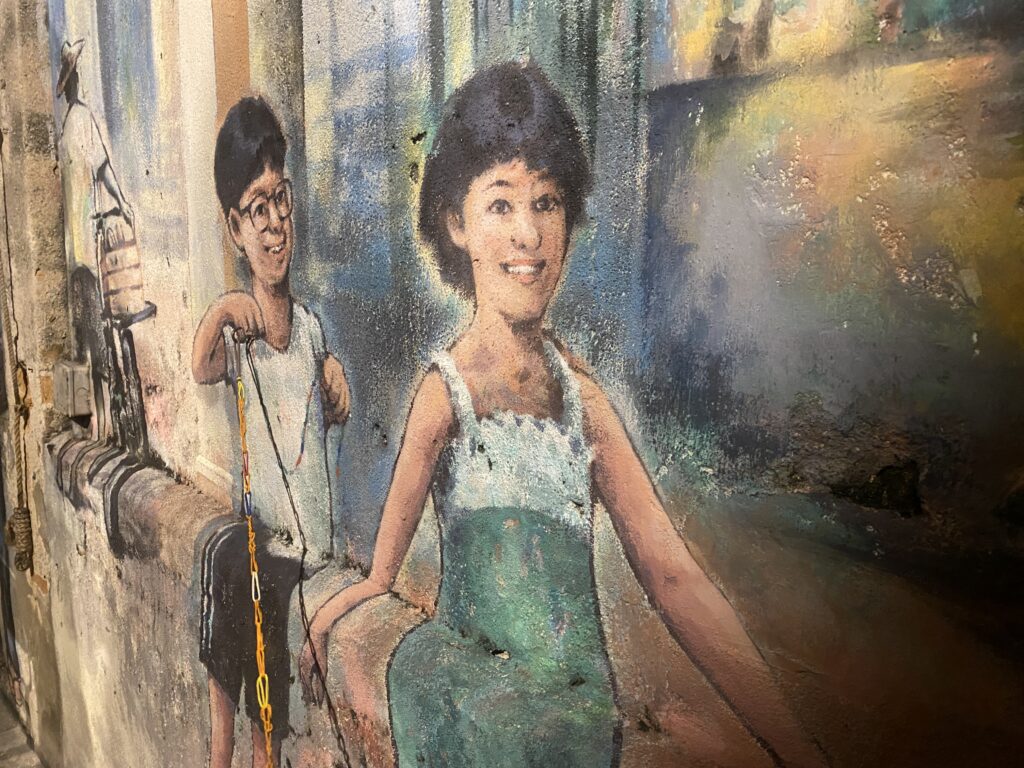
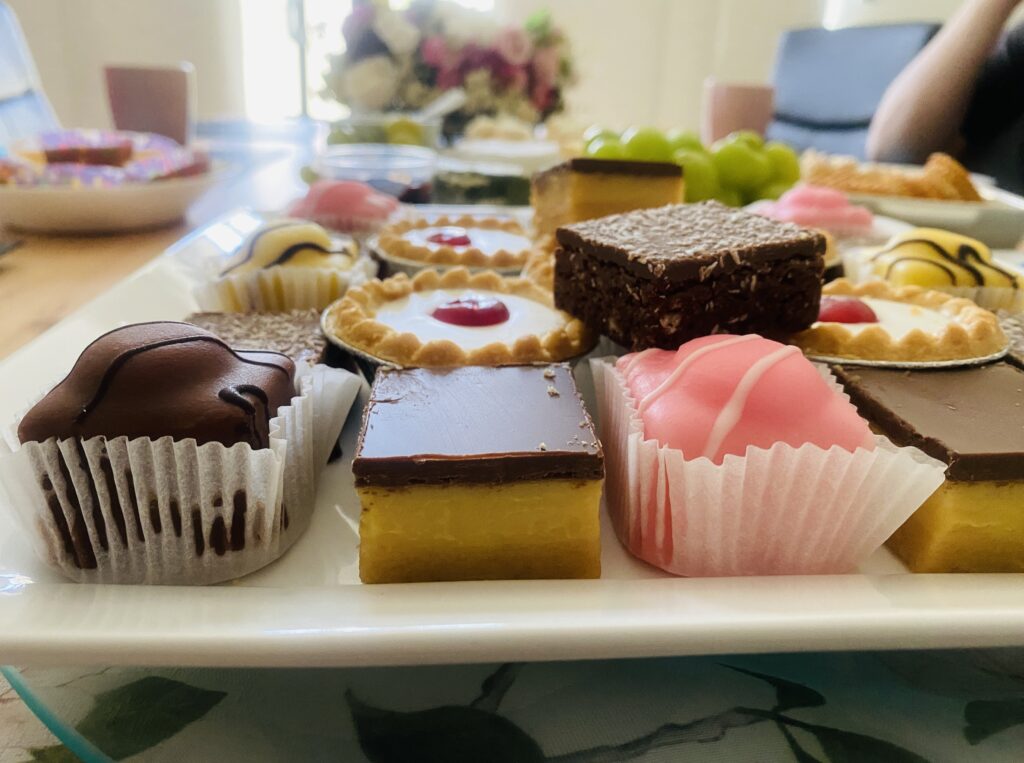
What we believe about our happiness and what makes for a good, happy life can be grossly mistaken.
They found truths about happiness that might challenge us all.
And if you are serious about investing today for your future best self, you need to pay attention to the three lessons learned from the study:
Firstly, we are wired for social connections.
People who are more socially connected to others are physically healthier and live longer than those who are less connected.
Secondly, it’s not about how many friends you have, but the quality of your close relationships that truly matters.
Thirdly, good relationships don’t just protect your bodies; they protect your brains.
Secure, supportive relationships help maintain cognitive function as we age.
Contrary to what social media and culture might suggest, it’s not wealth, fame, or success that create a fulfilling life, but healthy, close relationships that form the cornerstone of happiness and satisfaction.
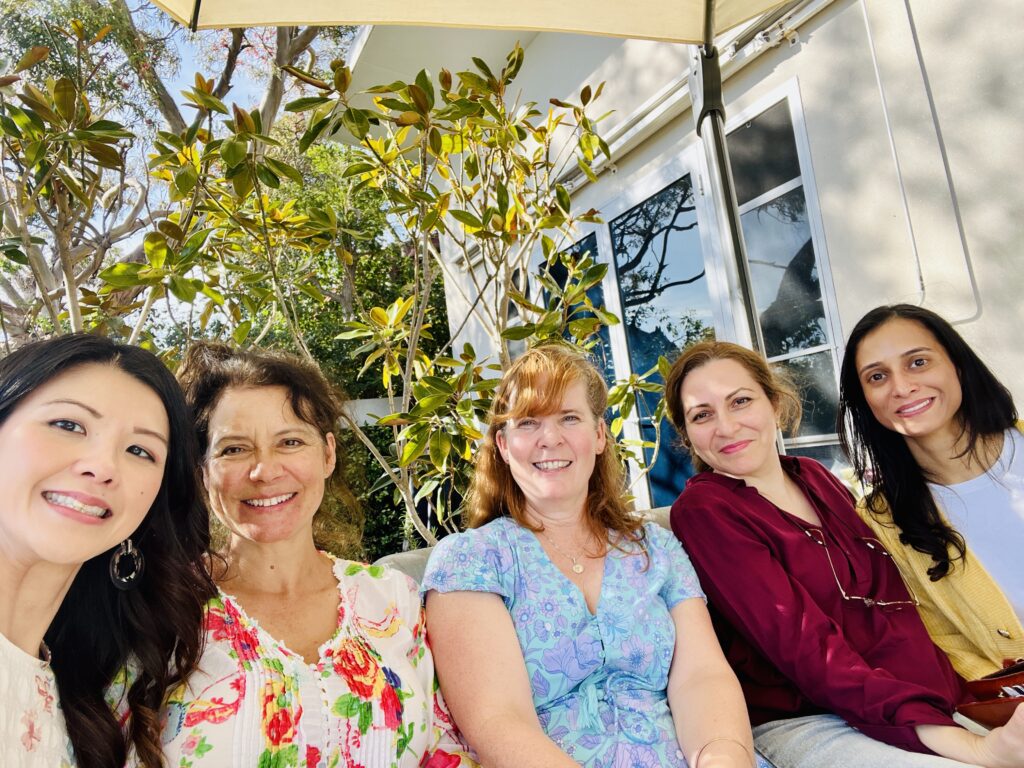
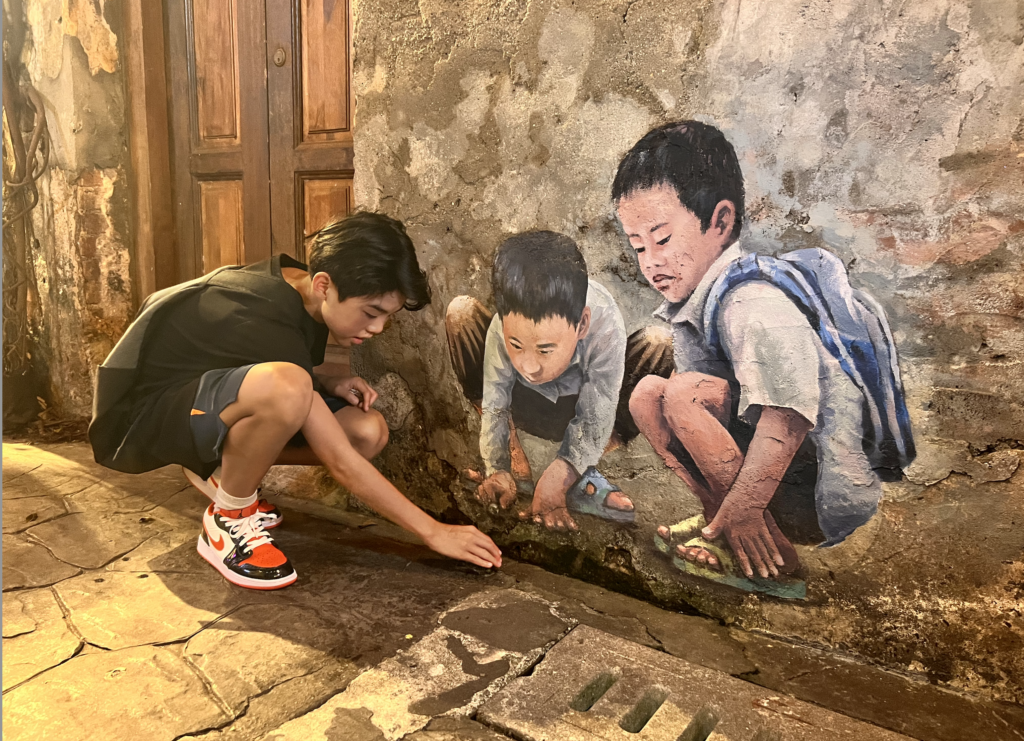
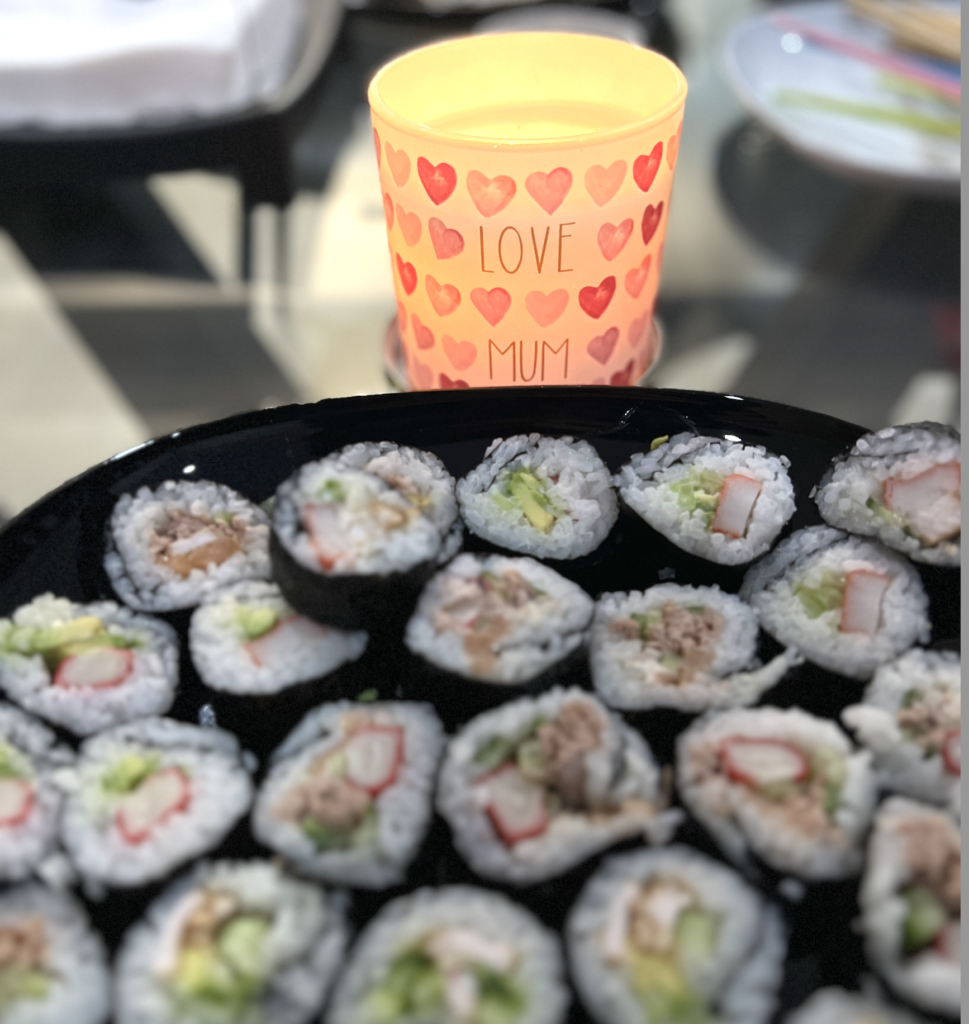
So about a year ago, a bunch of us ladies from our neighbourhood school decided to form a Coffee & Bible group.
Our goal was simple: to build friendships, nurture faith, and have fun enjoying each other’s company, and these, despite our crazy schedules and sometimes cranky children.
It was a crazy dream, but some friends and I were crazy enough to see the dream come true.
And I kept asking myself — what would it look like if we, as women, embraced true, healthy friendships in our community and opened our hearts, homes, and hands to those who come our way?
What if we could simply encourage one another, grow with each other, and journey through the passage of parenthood together?
This is the first time in history that women can truly have it all—a career, a family, travel, and more. Yet, we are also called to be cultivators of community and conduits of compassion.
We know that women can hurt women, and sometimes the pain of relationships can run so deep and wide that it breaks our hearts deeply. But, what if we heal from our wreckages and start all over again?



Two weekends ago, we gathered for a sushi-making night.
Huddled together and fervently praying for each other, I saw how our different hair colour embodied all the different races we represented.
And I thought, “Is this what living together looks like? Is this what living beyond ourselves looks like?”
I couldn’t help but feel — community breaks prisons of selves.
When we step out of our comfort zones, we open our hands, homes, and hearts and shamelessly say, “Come on in! Just as you are!”
Jesus reaches out to women from the margins of society and places them at the centre of His story.
Sarah, Miriam, Deborah, Hannah, Abigail, Esther, and Ruth — these women of the Bible literally changed nations through their lives in their communities.
And what are some of the things we have learned from creating our little community?
Real Friends Do Life Together: We journey through life’s ups and downs and everything in between with no pretensions.
Real Friends Love Each Other: If the best predictor of happiness and health is relationships, then it is within this community that we are called to live, laugh and love each other.
Real Friends Enlarge Each Other: we are no ordinary mums when we have an ordinary mission! And we are called to model God’s power through our common, ordinary lives.

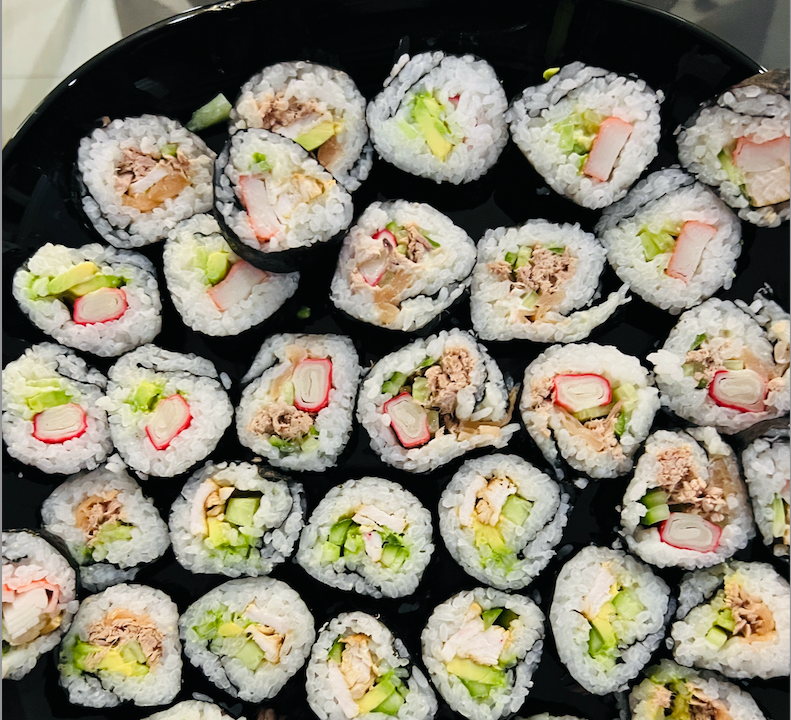

Would we then dare enough to remove the imaginary barbed wire fence that has kept our lives neat and tidy, and invite others in?
Matthew Arnold, an 18th-century poet and historian, said,
“If there ever comes a time when the women of the world come together purely and simply for the benefit of mankind, it will be a force such as the world has never known.”
What if we decide to try that out? What if we come together purely for the benefit of others and grow our lives large to hold just another soul, listen to another story, give another shoulder to cry on?
We can be brave, we can step out to reach another soul and be reached out by another soul.
Waldinger’s study found that people who were the most satisfied in their relationships at age 50 were the healthiest at age 80.
If it’s true, then, it’s no small feat for women to learn to walk together despite the hurts we have caused each other.
There’s no shame in learning and relearning what our souls truly know and always crave for — we are created for relationships and we do best with relationships.

It is in community that we learn to write the story of God in our lives.
It is with each other that we learn to rest, reflect and retell a different story forward.
We become real — and although real may never go viral because viral is often associated with sickness — what is real can always bulldoze walls, form bridges and build just another window.
